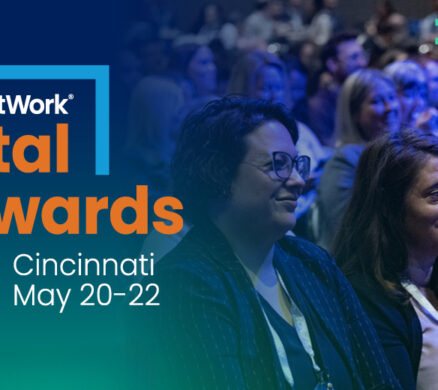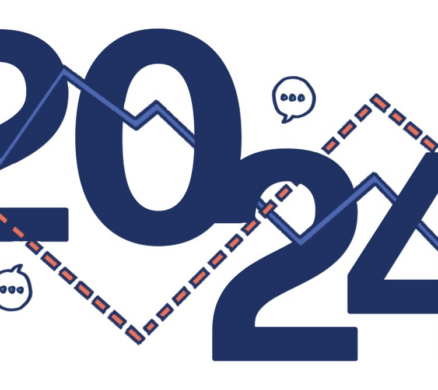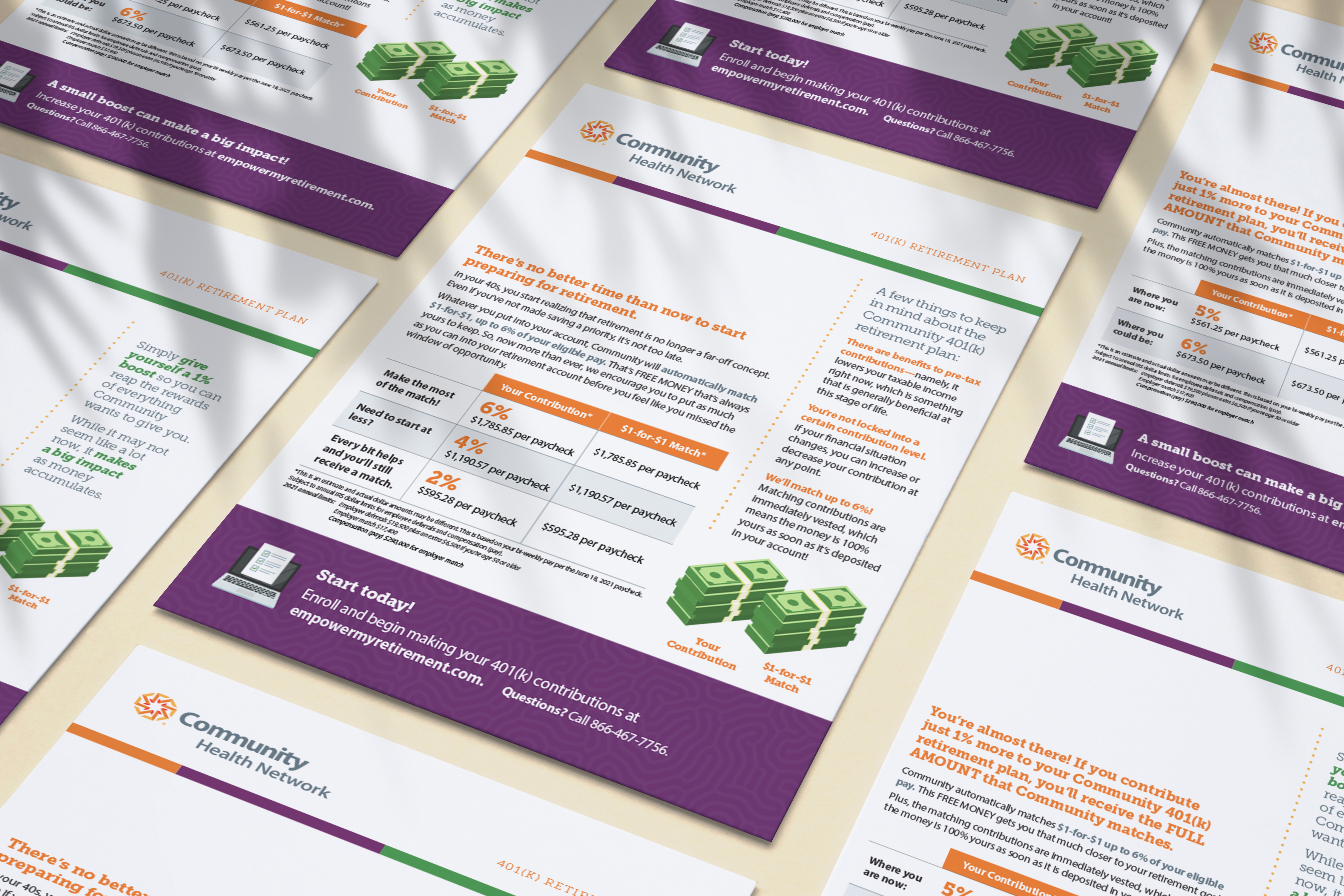
Funny, but true.
Organizations can increase employee job satisfaction by evaluating how they engage employees. It’s not a one-size-fits-all approach anymore—companies need to consider multiple communication tactics when sharing important information. They also need to train managers in different approaches to communicating with various generations on their team. Front-line communication is as critical as formal company communication and news.
Why it matters: Engaged employees are more productive, more loyal, and more likely to contribute to a positive workplace culture.
The challenge: Each generation has unique characteristics and preferences that must be considered.
The common link: While the engagement strategies for each generation will vary, there is one common link: employee care.
“As organizations seek to promote higher employee job satisfaction, along with increased worker loyalty, engagement and productivity, employee care has emerged as a particularly powerful force in a time of talent shortfalls and widespread macroeconomic uncertainty,” reports MetLife in its 21st Annual U.S. Employee Benefit Trends Study 2023.
Employees want to experience care in six key areas:
- Compensation and total rewards
- Career development and training
- Purposeful work
- Social and supportive cultures
- Flexibility and work-life balance
- Wellness programs and benefits
Below is a high level snapshot of each generation and some suggested ways for engaging and communicating with them. Consider this your starter pack to help you understand how you could apply these tactics in your future communications!
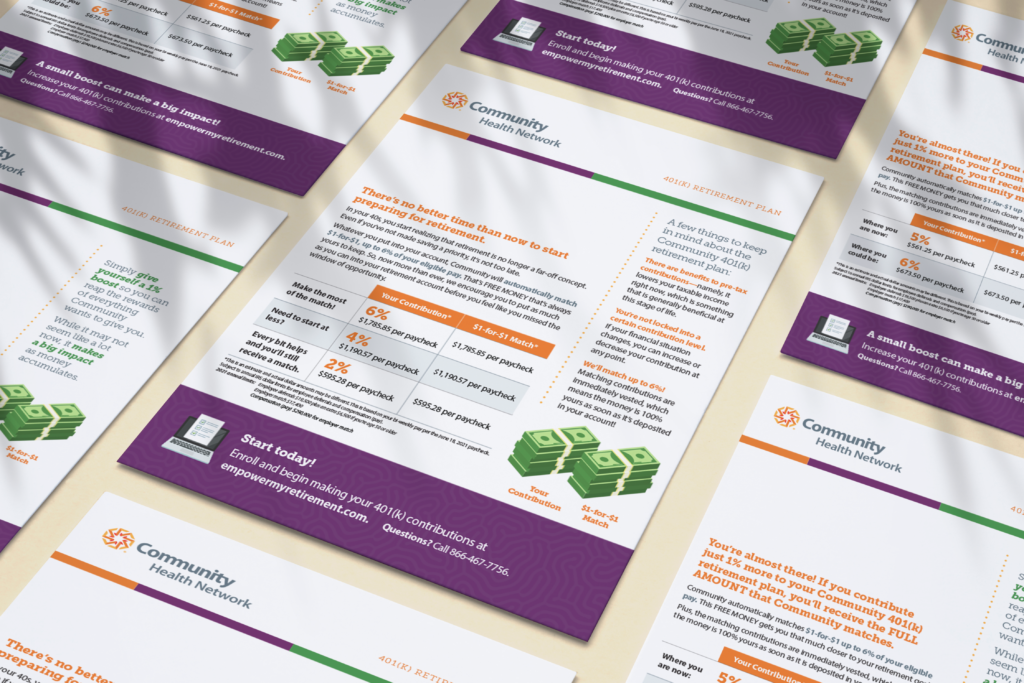
How to Engage Baby Boomers at Work
Born between 1946 and 1964, Baby Boomers are generally more traditional in their work style and value stability and security. They are goal-setters and driven by professional achievements.
- Engagement strategy: Provide opportunities for professional growth and development. They value training, mentoring and coaching, so invest in these programs to keep them engaged.
- HR programs and benefits: Boomers are ideal candidates to serve as mentors throughout your organization. Tap into their knowledge and encourage inter-generational mentorships. Also, we recommend upping your retirement game by communicating about the financial wellness tools and retirement planning resources you offer.
- Example in action: One Westcomm client regularly partners with its retirement plan provider to offer quarterly webinars on how to know if employees have enough saved, healthcare considerations, living off retirement savings and more. They also host an event twice a year called “Road to Retirement.”
- Channels: Use in-person training sessions, workshops, and one-on-one conversations. These methods allow for personalized attention and feedback that baby boomers appreciate.
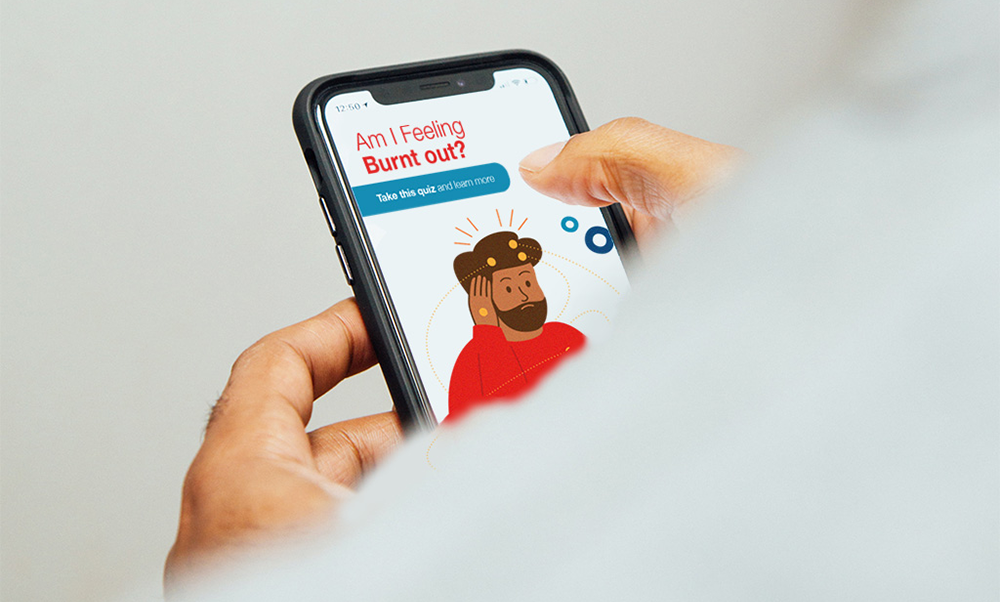
How to Engage Generation X at Work
Born between 1965 and 1980, Generation X is generally independent and values work-life balance. Gen X workers are individualistic, technologically adept and flexible. They also care about company culture.
- Engagement strategy: Provide them with flexibility in their work schedules and opportunities to work remotely.
- HR programs and benefits: Gen Xers want the self-service found in employee engagement platforms like Workday or FirstUp. Additionally, they value programs and benefits that allow them to effectively balance work and family demands.
- Example in action: Several Westcomm clients regularly communicate about their family-friendly benefits like Bright Horizons to help employees find child care, elder care, tutoring and a variety of other resources.
- Channels: Use digital communication channels such as email, instant messaging and video conferencing. These methods allow for flexibility and convenience.
How to Engage Millennials at Work
Born between 1981 and 1996, Millennials are generally tech-savvy, value social responsibility, and seek purpose in their work. After all, they are the first generation to grow up with technology integrated into their lives, so they are more likely to view it as a tool that can be leveraged to increase effectiveness and efficiency.
- Engagement strategy: Provide opportunities for social impact and a sense of purpose.
- HR programs and benefits: Not surprisingly, Millennials are active in social media, so leveraging company social platforms is a sure way to communicate and connect with this generation. They’re also looking for meaningful ways to contribute, so programs that encourage and reward volunteerism are great ways to make them feel valued and recognized in a more personal way.
- Example in action: Through a Give Back program, one Westcomm client gives employees a paid day off to volunteer at one of the company-designated non-profits (selected by an employee group) and will match any donations to these organizations.
- Channels: Use social media platforms, company blogs, and intranet portals. These methods allow for engagement with a sense of purpose and social impact.
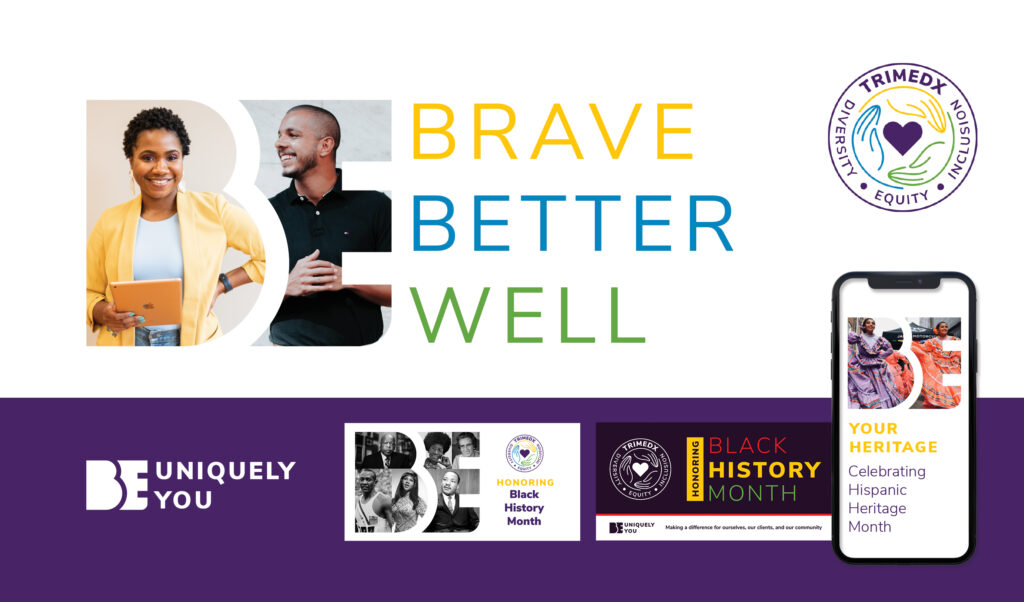
How to Engage Generation Z at Work
Born after 1997, Gen Z is tech-native and values inclusivity and diversity. Generally, they work to live versus living to work, and they’re drawn to employers that share their personal values. As they continue to make up an increasing percentage of the workforce, employers must learn to incorporate Gen Z preferences in order to effectively attract, engage and retain top talent within this generation.
- Engagement strategy: Provide opportunities for collaboration and a sense of community.
- HR programs and benefits: According to a survey from Monster, 83% of Gen Z candidates said a company’s commitment to diversity, equity and inclusion (DEI) is important. Leveraging DEI not just as a program but as a part of your company fabric will be noticed by these employees—and noticed when it’s omitted. Think about representation in company materials, decision-making and leadership. To keep this talented group, you’ll need to not only talk the talk, but walk the walk—honestly, authentically and intentionally.
- Example in action: One Westcomm client launched a DE&I campaign featuring employees who represented how we can be unique: how we look, work, think, and see ourselves.
- Channels: Use digital communication channels such as social media, instant messaging, and team collaboration tools. These methods allow for engagement with a sense of community and inclusivity.
By understanding the unique characteristics and preferences of each generation, you can tailor your engagement strategies and the channels for distribution. Make sure to evaluate and choose the best channels for distribution to ensure that your engagement initiatives are effective and resonate with your employees.
If you’re ready to assess how you can better engage your employees, our creative team at Westcomm can help!



